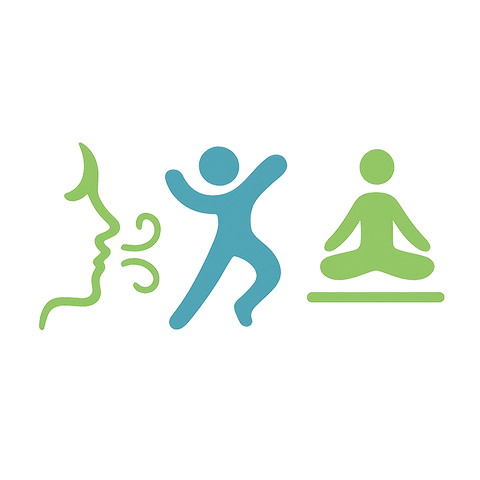
5 Effective Tennis Elbow Stretching Exercises for Improved Fitness and Health
Is that familiar ache on the outside of your elbow limiting your range of motion? If you’ve experienced tennis elbow, you know how frustrating it can be, impacting not just sports but everyday activities, your fitness routine, and overall well-being. Getting back to pain-free activity and consistent training is often the top priority. Fortunately, incorporating specific stretches can significantly aid in recovery and help strengthen the affected tendons, paving the way for improved health and resumed fitness pursuits.
Stretching for tennis elbow isn’t just about temporary relief; it’s a vital part of rehabilitating the forearm muscles and tendons that are often overloaded. Regular, gentle stretching helps improve flexibility, reduce stiffness, increase blood flow to the area, and prepare the tissues for the demands of activity and training. By making these simple exercises part of your health regimen, you can support your recovery journey and work towards preventing future flare-ups.
Here are 5 effective stretches that can help you manage tennis elbow and work towards getting back to your peak fitness level:
1. Wrist Extensor Stretch
This classic stretch targets the muscles on the top of your forearm, which are often the source of tennis elbow pain.
- Extend the affected arm straight in front of you, palm down.
- Using your other hand, gently grasp the back of your hand and pull your fingers downwards towards your body, keeping your elbow straight.
- You should feel a stretch along the top of your forearm.
- Hold for 20-30 seconds. Repeat 2-3 times.
2. Wrist Flexor Stretch
While tennis elbow affects the extensors, stretching the opposing flexor muscles on the underside of the forearm helps maintain balance and overall flexibility.
- Extend the affected arm straight in front of you, palm up.
- Using your other hand, gently grasp your fingers and pull them downwards towards your body, keeping your elbow straight.
- You should feel a stretch along the underside of your forearm.
- Hold for 20-30 seconds. Repeat 2-3 times.
3. Prayer Stretch
This stretch offers a slightly different angle to target the forearm and wrist flexibility.
- Stand or sit with your palms together in a prayer position in front of your chest.
- Keeping your palms pressed together, slowly lower your hands towards your waist, keeping your elbows out to the sides.
- Stop when you feel a good stretch in your forearms and wrists.
- Hold for 20-30 seconds. Repeat 2-3 times.
4. Towel Twist
This is an active stretch and gentle strengthening exercise combined, improving the range of motion and tolerance of the forearm muscles for rotational activity.
- Sit or stand and hold a rolled-up towel horizontally in front of you with both hands, palms down.
- Slowly twist the towel as if you were wringing water out of it, using wrist and forearm movement.
- Twist in one direction as far as comfortable, then in the other direction.
- Perform 10-15 twists in each direction. Repeat 2-3 times.
5. Finger Extension with Rubber Band
This targets the smaller extensor muscles in the hand and wrist, which are connected to the forearm extensors.
- Place a rubber band or elastic band around the outside of all your fingers and thumb.
- Starting with your fingers together, slowly extend and spread your fingers against the resistance of the band.
- Hold briefly at the extended position, then slowly return to the start.
- Perform 10-15 repetitions. Repeat 2-3 times.
Remember to perform these stretches gently and without causing pain. If you feel sharp pain, stop immediately. Consistency is key when incorporating stretching into your routine for health and recovery. Aim to perform these exercises daily, or as recommended by a healthcare professional. By diligently integrating these tennis elbow stretching exercises into your life, you’re actively supporting your body’s healing process and taking positive steps towards resuming your favorite activities and achieving your fitness goals with less discomfort.



